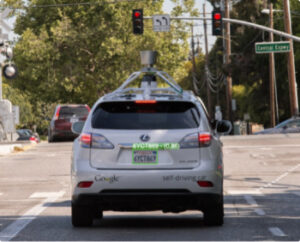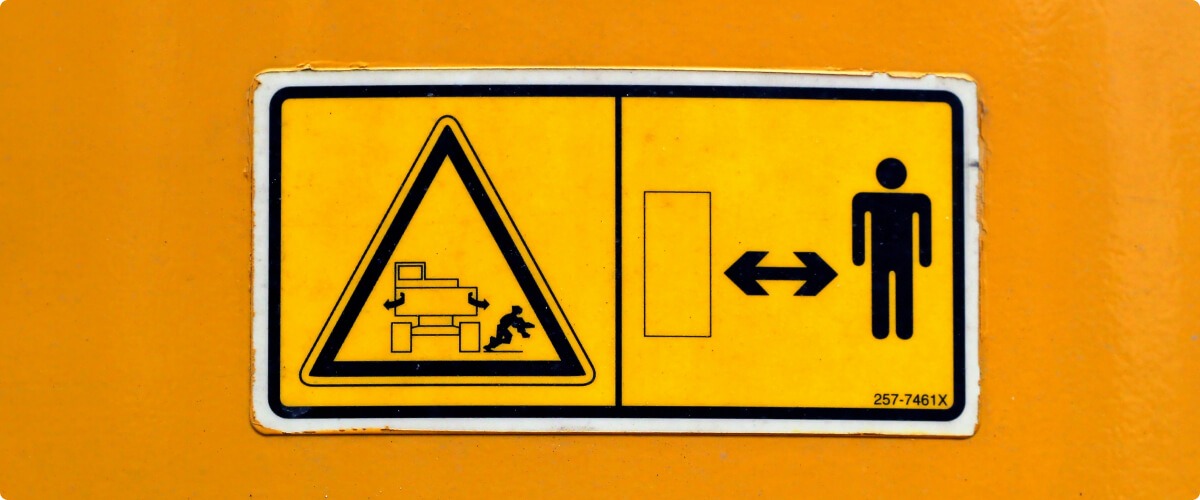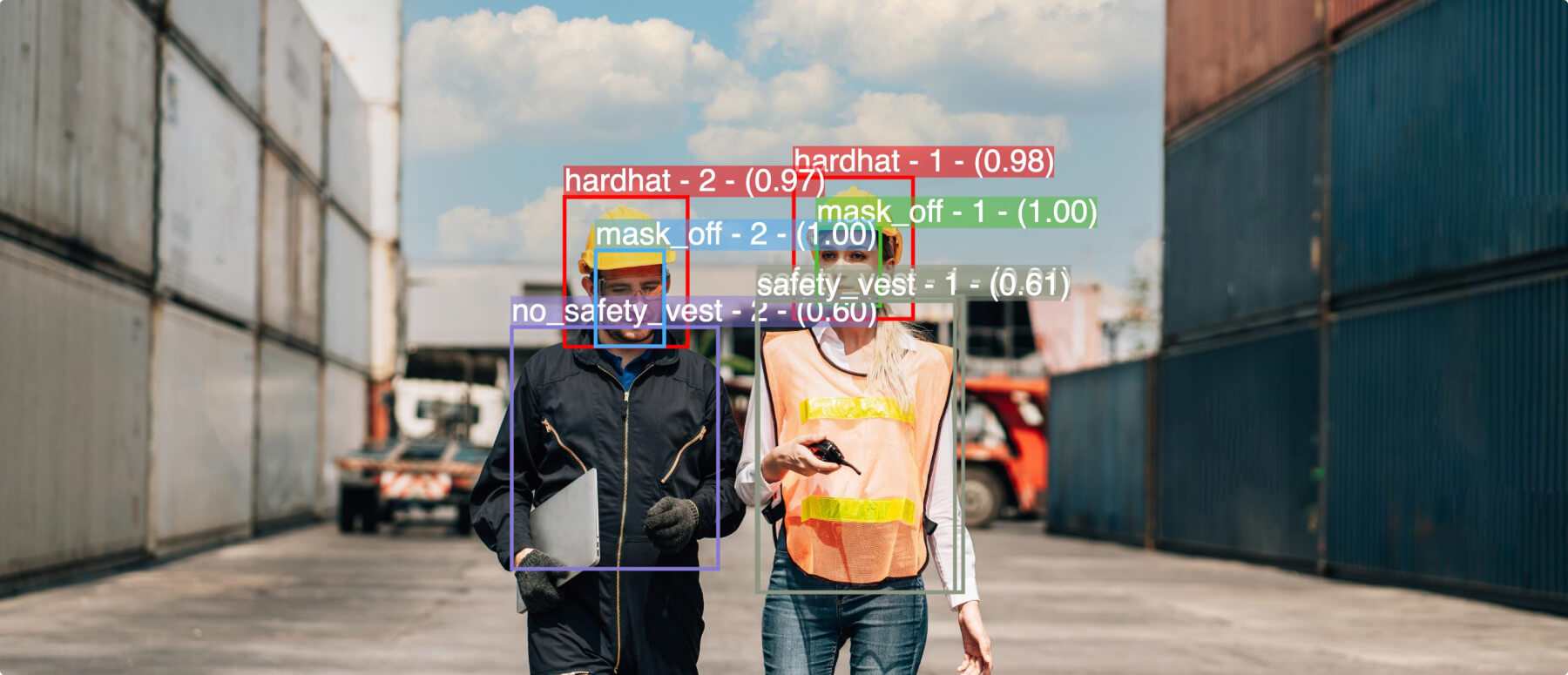Automated license plate recognition (ALPR) has become an essential technology in today’s ultra-fast and congested world. With rapid advancements in AI, computer vision technology has evolved to help make ALPR more efficient and accurate. Using a vast dataset, AI and machine learning algorithms can automatically identify and classify license plates, recognizing patterns with a high degree of accuracy. Even in the most challenging conditions, such as poor lighting or oblique angles, AI-driven ALPR systems are highly successful. Through continuous learning, these AI models sustain high performance and accuracy levels even as new license plate formats or environmental conditions emerge.
Key components of AI-driven license plate recognition software
 Image acquisition and pre-processing
Image acquisition and pre-processing
Image acquisition is the first step in any AI-driven ALPR system. High-quality images are essential for accuracy and modern cameras, such as IP or CCTV cameras, are often used to capture these images. Once an image is acquired, pre-processing techniques are used to enhance its quality, adjust for issues such as lighting inconsistencies or distortion, and prepare the image for further analysis.
License plate localization
Next, the system must localize the license plate within the image. This step involves identifying the region of the image that contains the license plate, which can be a challenging task due to variations in background, lighting, and plate design. AI-driven systems utilize advanced image processing techniques and machine learning algorithms to efficiently locate and isolate the license plate region, even in challenging conditions.
Character segmentation and recognition
Once the license plate region has been localized and isolated, the system proceeds to segment and recognize the individual characters on the plate. This involves separating the characters from one another and identifying them as letters or numbers. AI algorithms such as convolutional neural networks (CNNs) are commonly used for this task, due to their excellent performance in recognizing patterns and objects within images.
Post-processing and data storage
Upon successful character recognition, the system processes the data, often involving steps such as ensuring data consistency, validating checksums, or parsing specific formats. The recognized license plate information is then stored in a database for further use, such as querying related vehicle records, generating statistical reports, or triggering specific actions based on the detected license plate.
Real-world applications of AI-driven license plate detection
Traffic management and law enforcement
Automatic monitoring of traffic flow detects vehicles that exceed speed limits, run red lights, or violate parking restrictions, enabling law enforcement agencies to issue citations more efficiently maintaining safer roads.
Parking and access control systems
Recognizing license plates automatically streamlines the entry and exit processes for vehicles, reducing the need for manual ticketing or access cards, identifying unauthorized vehicles, and improving overall parking operational efficiency.
Toll collection and road pricing
License plate recognition and linking them to specific vehicle records can automatically charge users based on their road usage or vehicle type. This eliminates the need for stopping at toll booths or purchasing additional transponders, contributing to streamlined traffic flow and reduced operating costs for toll operators.
Vehicle tracking and fleet management
AI-driven detection systems track the location and status of vehicles in real-time, enabling more efficient scheduling, maintenance, and route planning. It can identify and locate stolen vehicles, assisting law enforcement agencies in recovery efforts.
The benefits of AI-driven license plate detection technology
AI-driven license plate detection systems offer several advantages over traditional methods. Some key benefits include increased accuracy, faster processing times, enhanced scalability, and reduced need for human intervention. By leveraging AI, these systems can provide more accurate results, allowing for better decision-making and resource allocation in various applications such as traffic management, security, and law.







